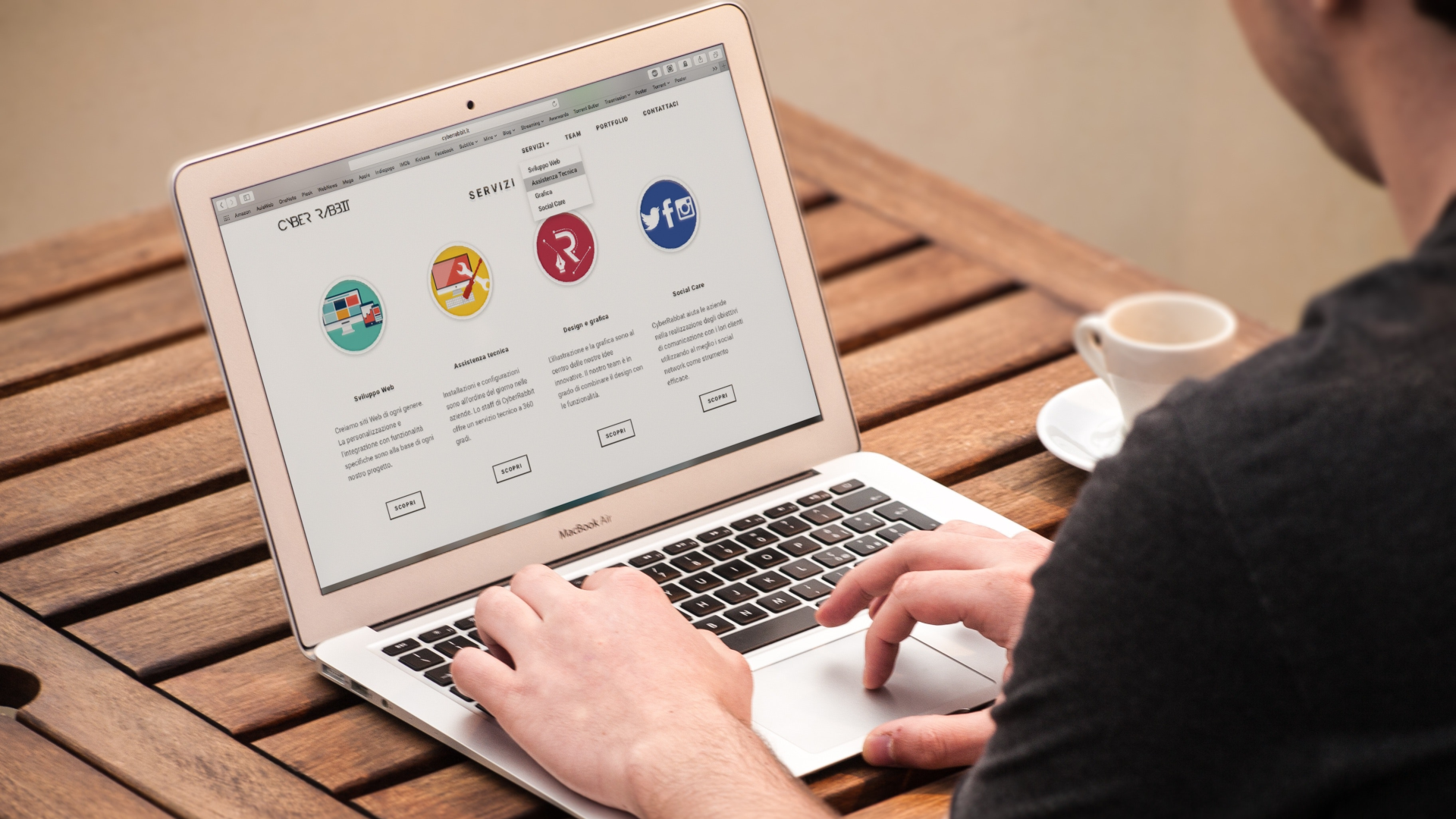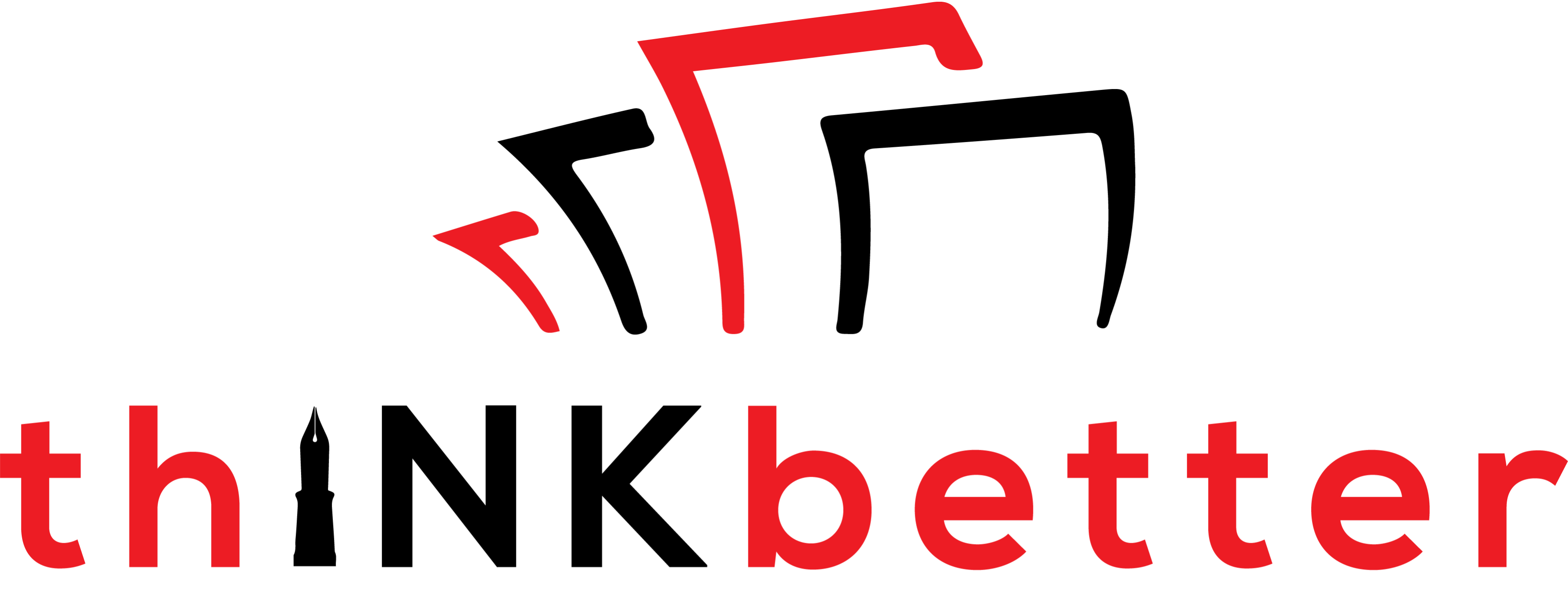How to Use Landing Pages – 11 Great Ideas to Boost Business
Posted on March 18, 2019 by Lucas

If you’re wondering how to use landing pages, here’s a stack of ideas to help you make the most of this flexible tool.
Landing pages can be used to support any online or offline promotion. Landing pages are most effectively used to target narrowly focused markets when what led the visitor there – such as an ad, mailer, business card, more general web page, etc. – isn’t persuasive enough in itself to get the visitor to take the desired action. Use landing pages to close the deal and move the visitor on to the next step.
Landing pages make more sense when you can picture them in action. Let’s take a look at some specific ways you might put landing pages to use.
1. Launch a product
Ready to hit the market with a new product, but you just need a website to show it off to the world? You’re closer to launch than you think.
Contrary to common assumptions, you don’t need a full-blown website to start selling your product. Put up one landing page, bullet point your product’s value to customers, and voila! You’re in business.
Even if you have a whole product line, or many product lines to launch, why wait weeks or months to start selling? Make a landing page or three for your bestsellers so you can start earning revenue now. That will fund the construction of your full website.
2. Test product demand
Even before launch, you can test demand for a product – and create a waiting list to start selling immediately once it’s available.
Even before you start developing your product, you can put up a landing page for it. Prospective customers can leave email addresses, give you a phone call, or even place an order – as long as you don’t actually accept a payment, as capturing funds without delivering the goods is, well, stealing.
Any of these results will help you gauge whether people are even interested in your product. Better yet, once your product actually launches, you’ll have a list of people ready to buy.
And if it turns out you’re providing something people don’t actually want, at least you know it before you’ve put too much skin in the game!
3. Refine your marketing message
If you put up a launch or pre-launch landing page for your product and people aren’t biting, it might not be a problem with the product, but rather with its presentation.
A landing page is an inexpensive way for you to adjust the copywriting, images, and web design used to promote your product. At worst, you only have to entirely re-do a single page.
But changes often don’t need to be that drastic. The difference between okay sales and great ones might be a matter of adjusting a few words, in which case you can use A/B testing to make refinements. All you have to do is copy the landing page and change a headline or even just a word or two, then test which page leads to more conversions.
A landing page allows you to easily make adjustments well before your product launches, or to rapidly adapt after launch.
4. One-page website
While this may not strictly fit the definition of a landing page, a one-page site is worth mentioning.
A one-page site, or Solo Site as we call them, is a page that gives general information about a business, rather than the narrow focus of a normal landing page. It contains all the basic elements of a full website on just one page, including.
- Home (a brief welcome)
- About
- Services/products
- Blog
- Social media links
- Contact
- Call to action
The beauty of the Solo Site is this that is all many businesses need to establish a general web presence. Rather than wait until a full website is built, you can provide all the basic information your customers need in one quick stop.
From there, you can build your website out one page at a time as needed in the form of landing pages. Eventually, you’ll have a full site made, and all you need to do is connect the pages with menus.
On the other hand, a one-page website is all the website some businesses will ever need, so why invest in a bigger one?
If you want to a good example of a Solo Site, check out Sierra Somatics!
5. Advertise a sale
If you hold periodic or seasonal sales, landing pages are an easy way to promote them. You can easily put up a page dedicated to promoting specific items in that sale to the specific customers that would be interested.
Then draw people to that page through links in your website, email marketing, social media, direct mail, etc. A coupon code will make people happy that found your landing page!
Do you have inventory accumulating that you need to get rid of? Landing pages provide an agile way to make space for new inventory. Making a landing page, getting the word out about clearance items through flash sales, and getting rid of those hard-to-sell items can take as little as days from start to finish.

6. Promote a special event
Are you throwing networking, charity, or publicity event? Or maybe just company holiday party? Link to a landing page designed especially for that event.
Better yet, these landing pages can offer printable or scannable coupons or guest passes, leaving guests feeling like they got exclusive invitations to an elite club.
7. Convert ad traffic
Many people make the mistake of having ads click directly through to their website, which may not necessarily be designed to convert traffic from those ads.
Better by far is to create optimized ad-landing page combinations. A well-crafted landing page tailored to a specific ad campaign has the power to do most of the selling.
Not only do landing pages convert better, they can also lower your Google Quality Score, which in turn lowers your bid price for top ad placement. This leads to huge long-term savings on ads.
8. Inform about a cause
Sometimes the main goal of marketing is just to inform people. If there’s a cause you want people to learn about, you can go into depth about that specific topic in a landing page.
Tell your story well, and be sure to tell people what next actions they should take – whether it’s joining your newsletter, making a donation, attending an event, or reading more elsewhere.
9. Get the customer to call
Some things are easier to sell when we can talk to the prospect in person. The job of the landing page is then not to suck the visitor deeper into the interwebs, but to make them leave it.
Landing pages can get your phone ringing. Rather than trying to get them to place an order online, give them a phone number to call. Or if they’re on a mobile phone, make it as easy as clicking a link to place a call or send a text message.
You can make it even easier to track the success of your landing page by making the number a unique one only available on that landing page. When the phone rings, you know where they got the number.
10. Promote a free ebook
If you want to establish industry expertise while building an email list, you can promote a free ebook or other digital asset with your landing page.
Have your landing page introduce your ebook. Visitors with a burning need for a solution to their problem will download your book and learn more about how you can help them.
By requiring them to leave their contact info to download the ebook, you can quickly build a list of highly qualified leads to market to, potentially leading to a lifetime of revenue from them.
11. Personalized destination from a guest blog post, business card, direct mail, magazine
Just having a website can’t possibly present all the sides of your business to all the unique groups of prospects out there. Putting up landing pages targeting each distinct group presents you as the multi-faceted business you are.
For every channel where you publish content or otherwise get the word out, you can direct the audience to a distinct landing page designed to speak specifically to them. This effectively boosts your conversion rates without the complication of designing your website to offer a personalized first impression to every different visitor.
